[2022]:
[2021]:
and normalization
[2020]:
[2019]:
[2018]:
[2016]:
[2016]:
[2015]:
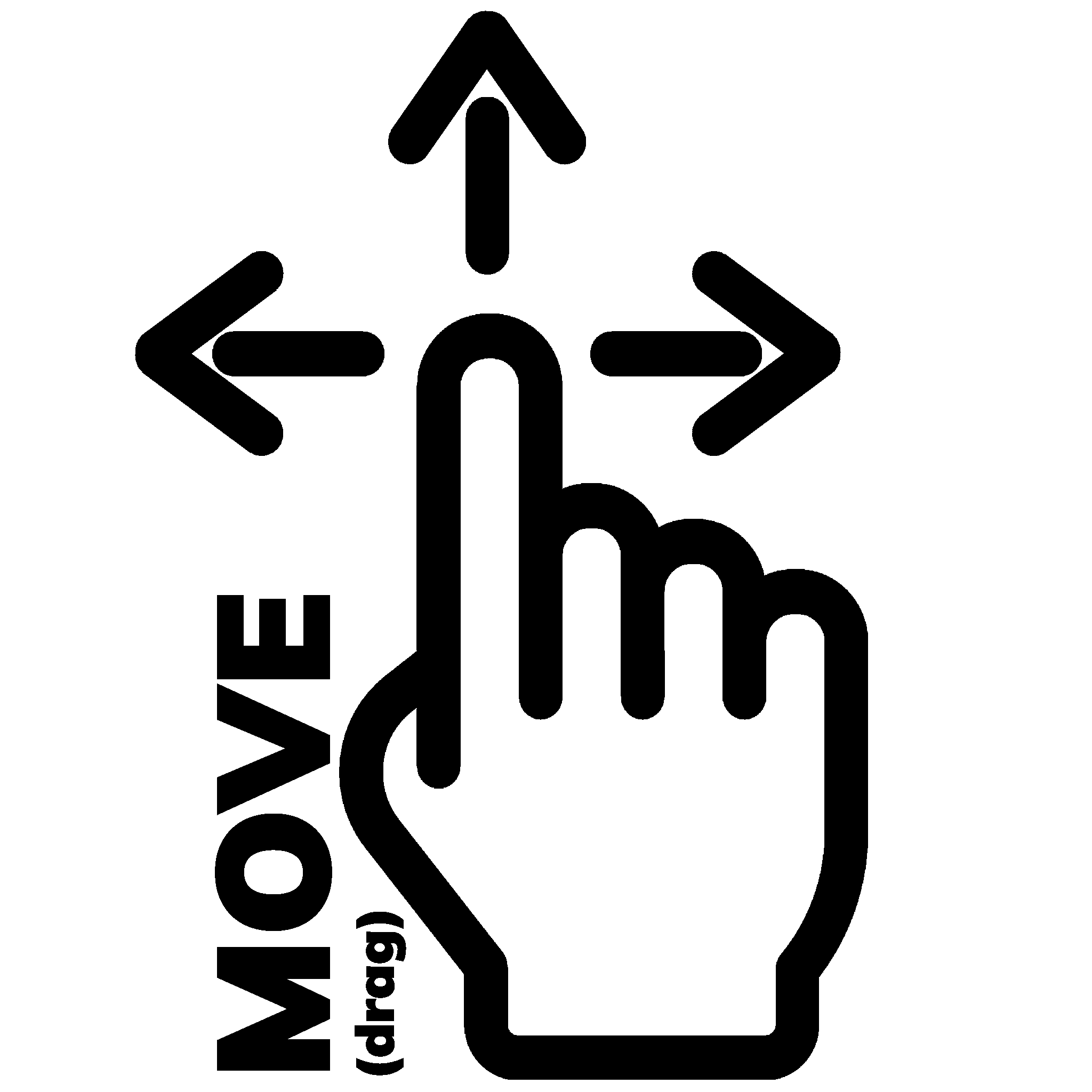
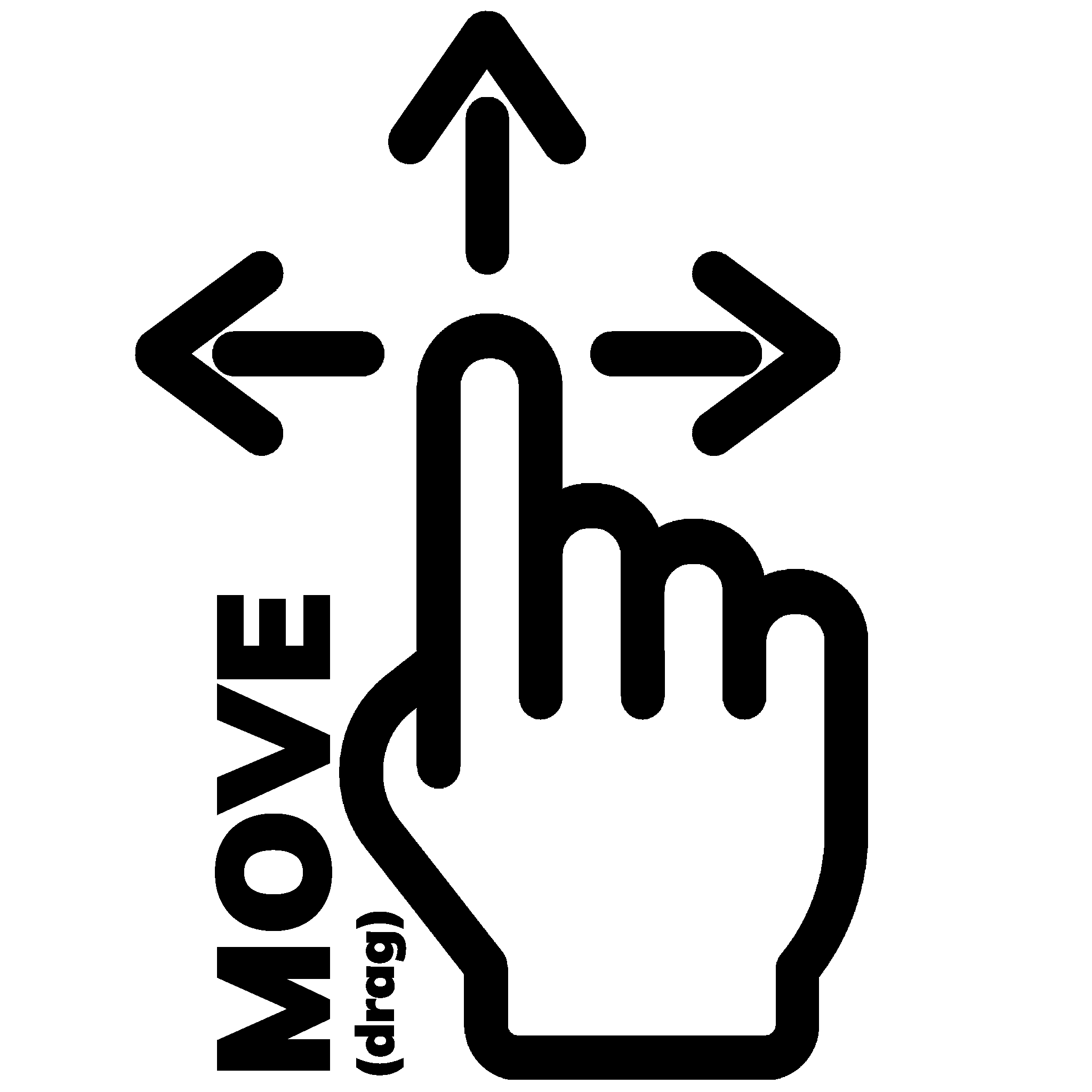
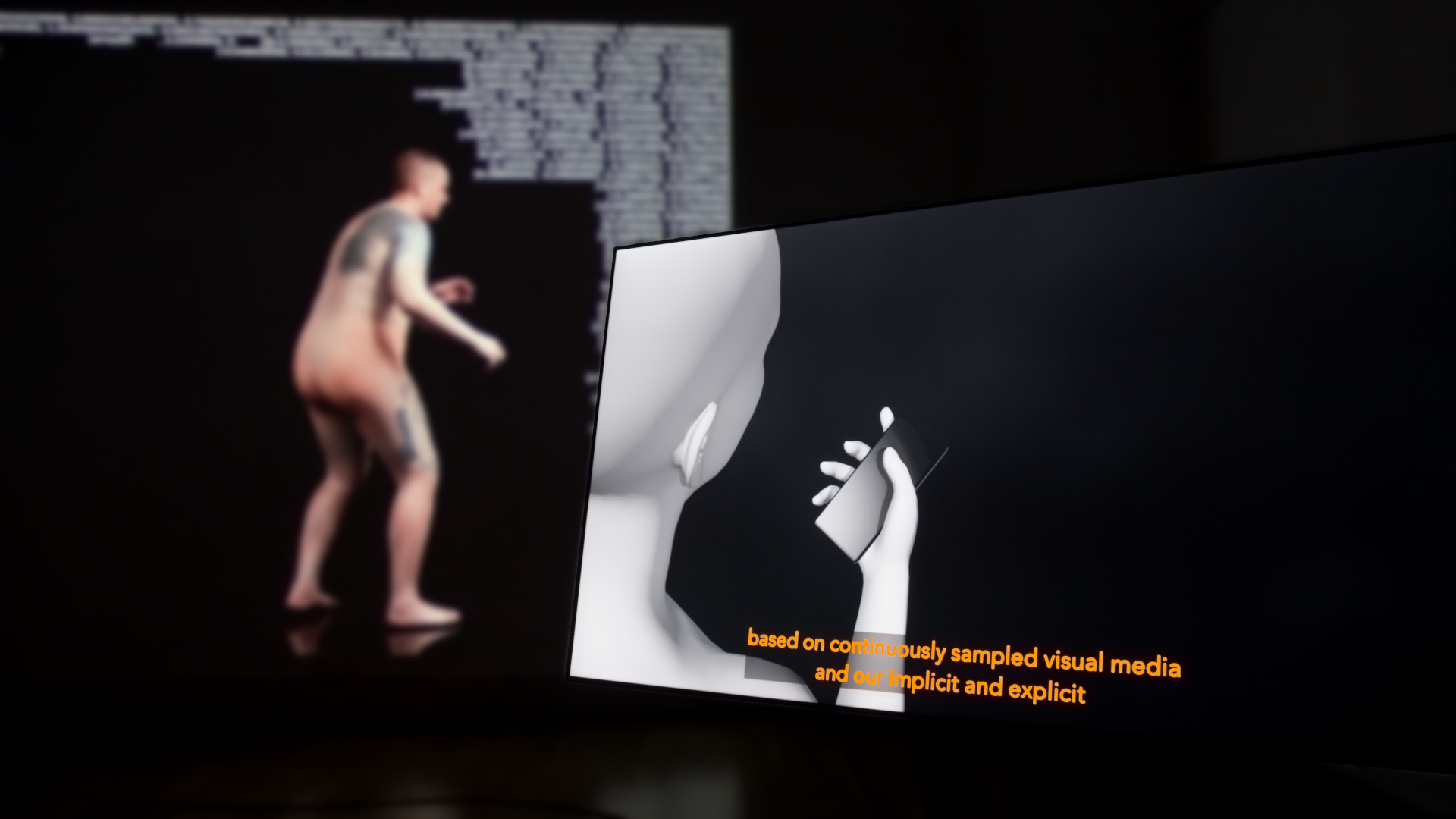
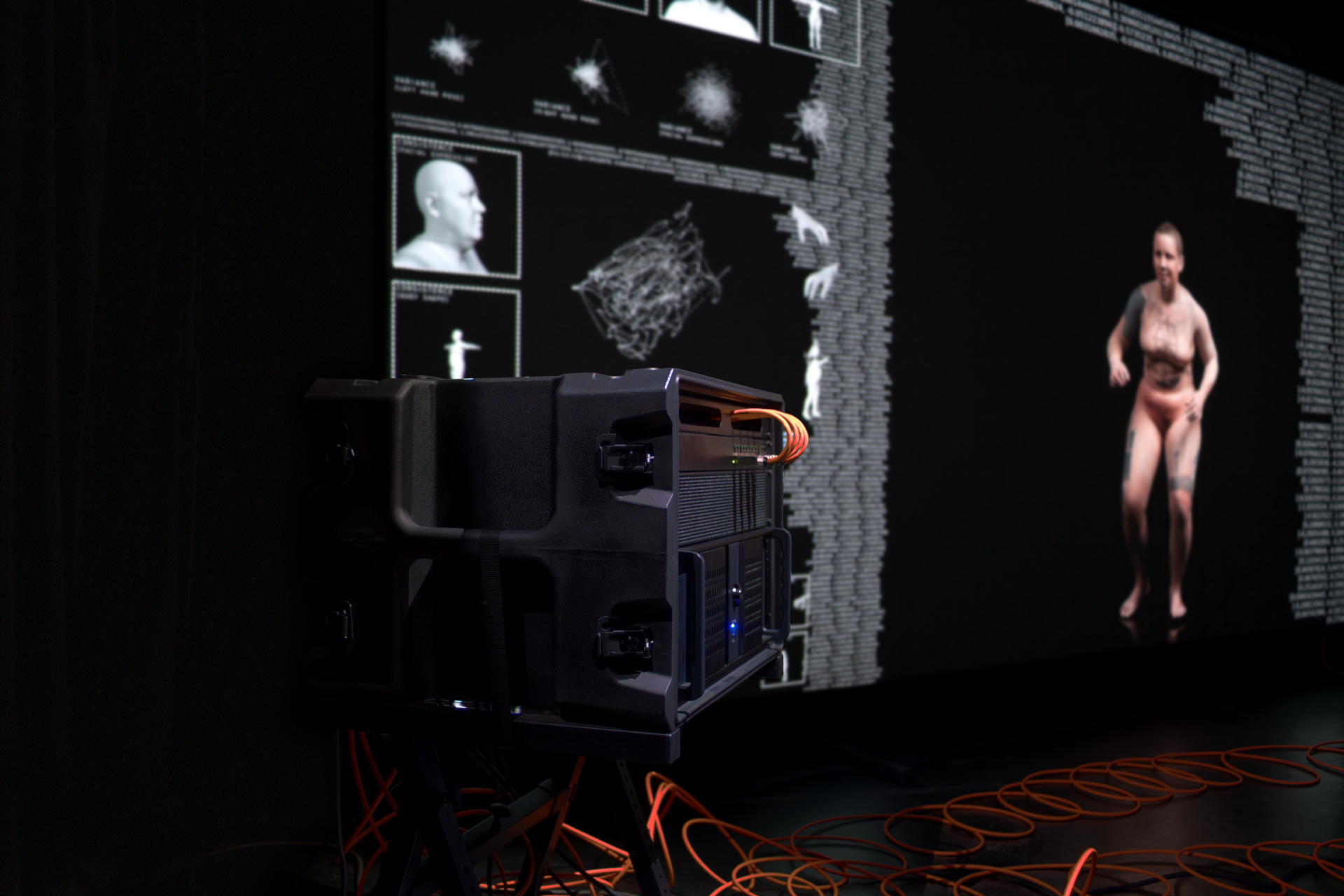
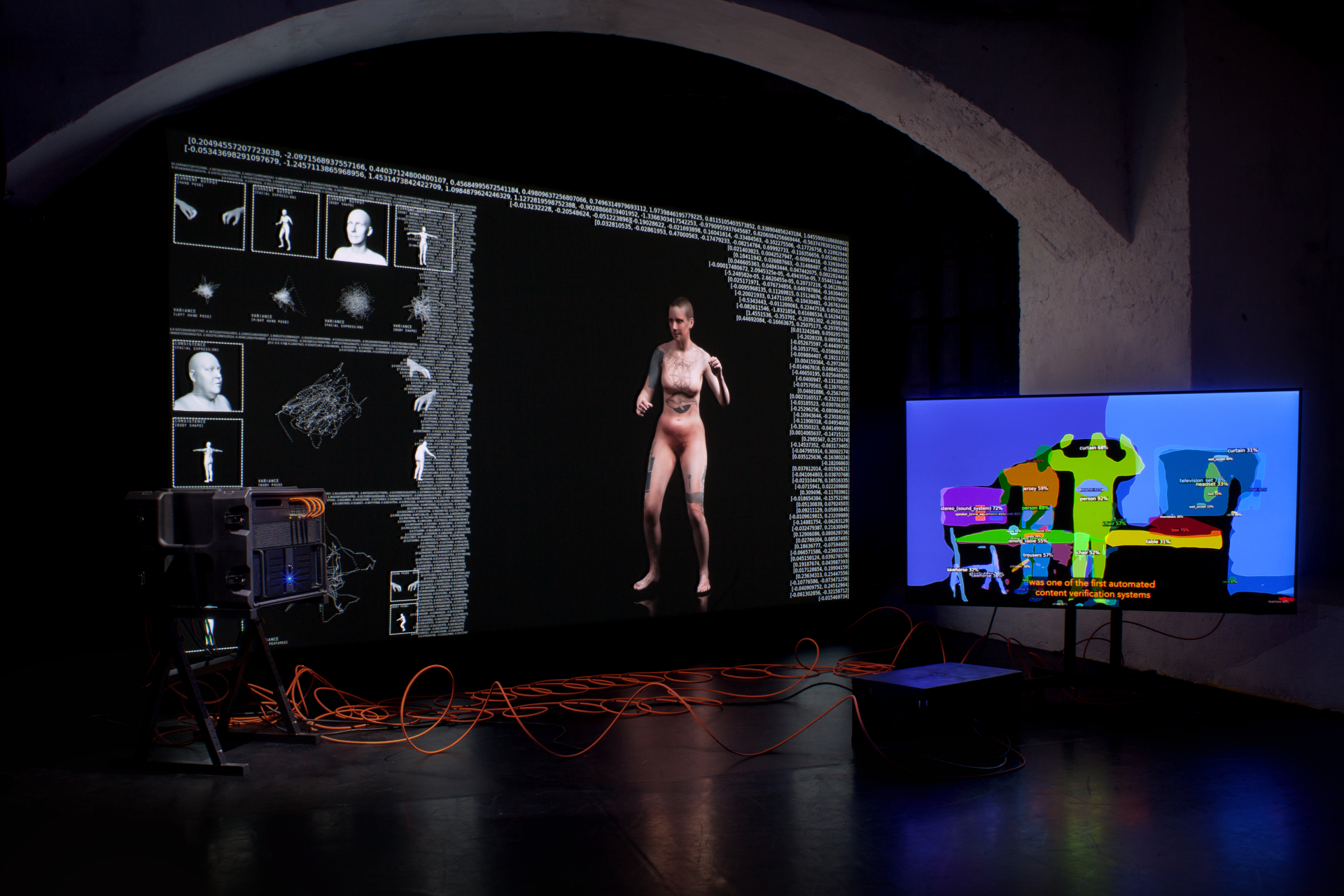
Synthetic Identity Speculations
2022
media installation
Monitoring-interface (Projection) UHD, 3840 x 2160px
Video-documentation (TV): UHD, 3840 x 2160px
in colaboration with:
Blaukind
Kevin Daryl Ferdinandus
Claudia Strate
Enrico Zago
supported by:
Media Futures [S+T+ARTs]|
Horizon 2020
Linking performative online investigation with contextualising process documentation, the media installation ITERATIVE BODY SYNTHESIS
acts as a self-operating research infrastructure and a monitoring interface for sisi.spec, a virtual identity on Instagram.
Tracing potentials of synthetic data, a specially developed software architecture samples and analyses the influence of Instagram's image recognition
systems on the over- and under-representation of body images on this platform. In a feedback loop, the most consistent patterns between body characteristics
and online in-/visibility are evaluated and iteratively cast into an evolving virtual performance of continuous body transformations. A virtual hyper-embodiment
of Instagram's affective economies and notions of integrity that explores possibilities for monitoring, documenting and analysing the impact and agency of algorithmic
systems that moderate, filter and verify our media realities.
scanners & scanners and normalization
2021
virtual environment
in collaboration with:
Kevin Daryl Ferdinandus
Claudia Strate
Format (*.strk)
supported by:
Vienna Business Agency
In "scanners & scanners and normalization", users enter a spectral archive, the realm of the chimeras, fictitious data beings that were
filtered and banned as inauthentically human by gatekeepers, but possibly still drift in backups and caches in a shadow existence. The form and movement
of these algorithmically distorted hybrids floating in space was generated from misinterpretations of various data driven computer vision systems. Their
voices and stories were created by combining narrative forms, like the fairytale, poem and autobiographical storytelling, with different methods of text
generation, like natural language processing models and specially developed algorithmic systems.
As part of the CIVA Mediaart Festival 2021 (online), contextualising lectures on the topics of "nonhuman otherness" and "data-b(i)ased systems" as well as
DJ performances were held in the Hub. "scanners & scanners and normalization" was one of the winning projects of the challenge "Free Spaces. A New Social",
which was announced by the Vienna Business Agency and Sound:Frame to develop socio-cultural spaces in the open source metaverse MozillaHubs during pandemic
circumstances.
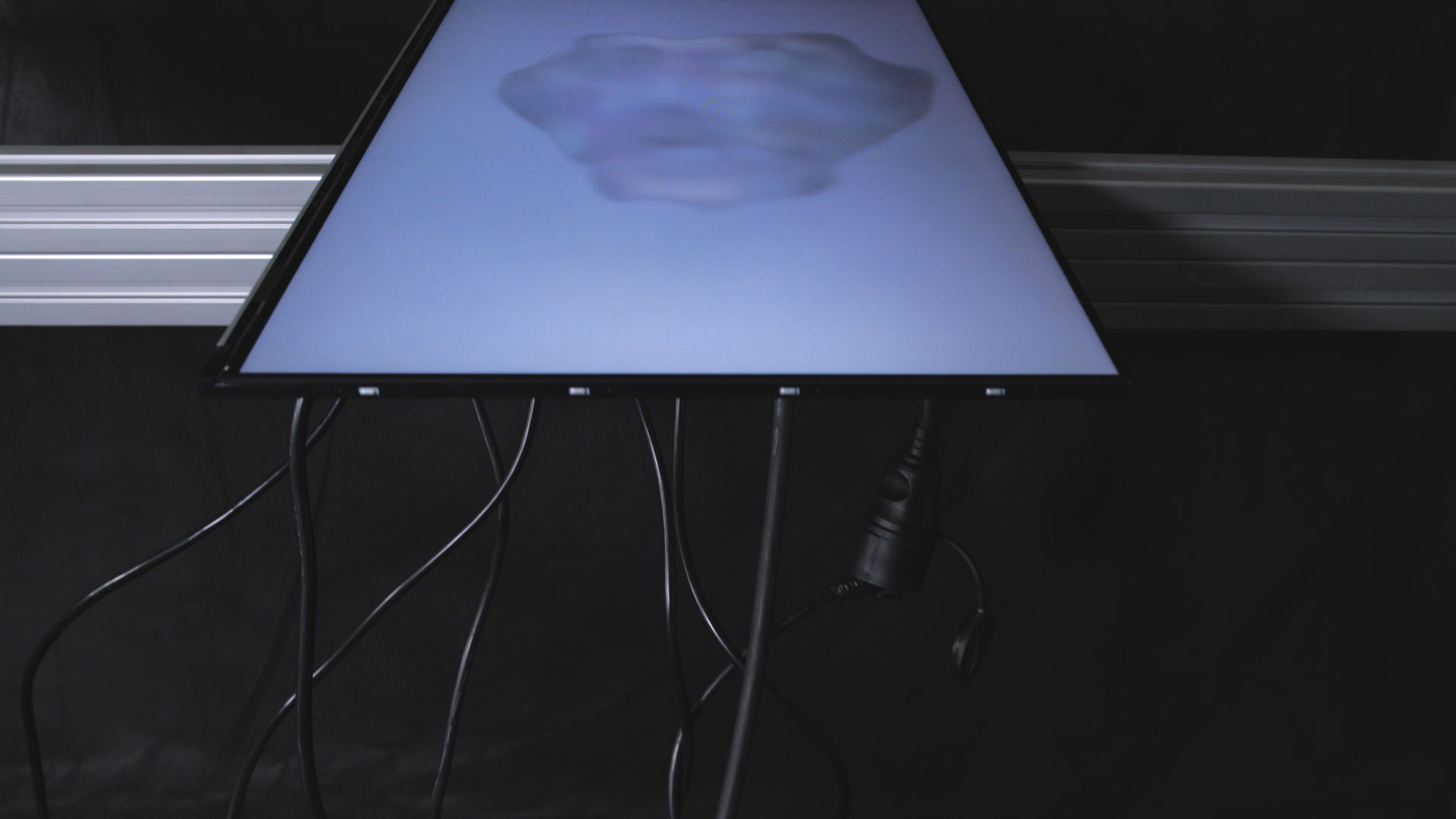
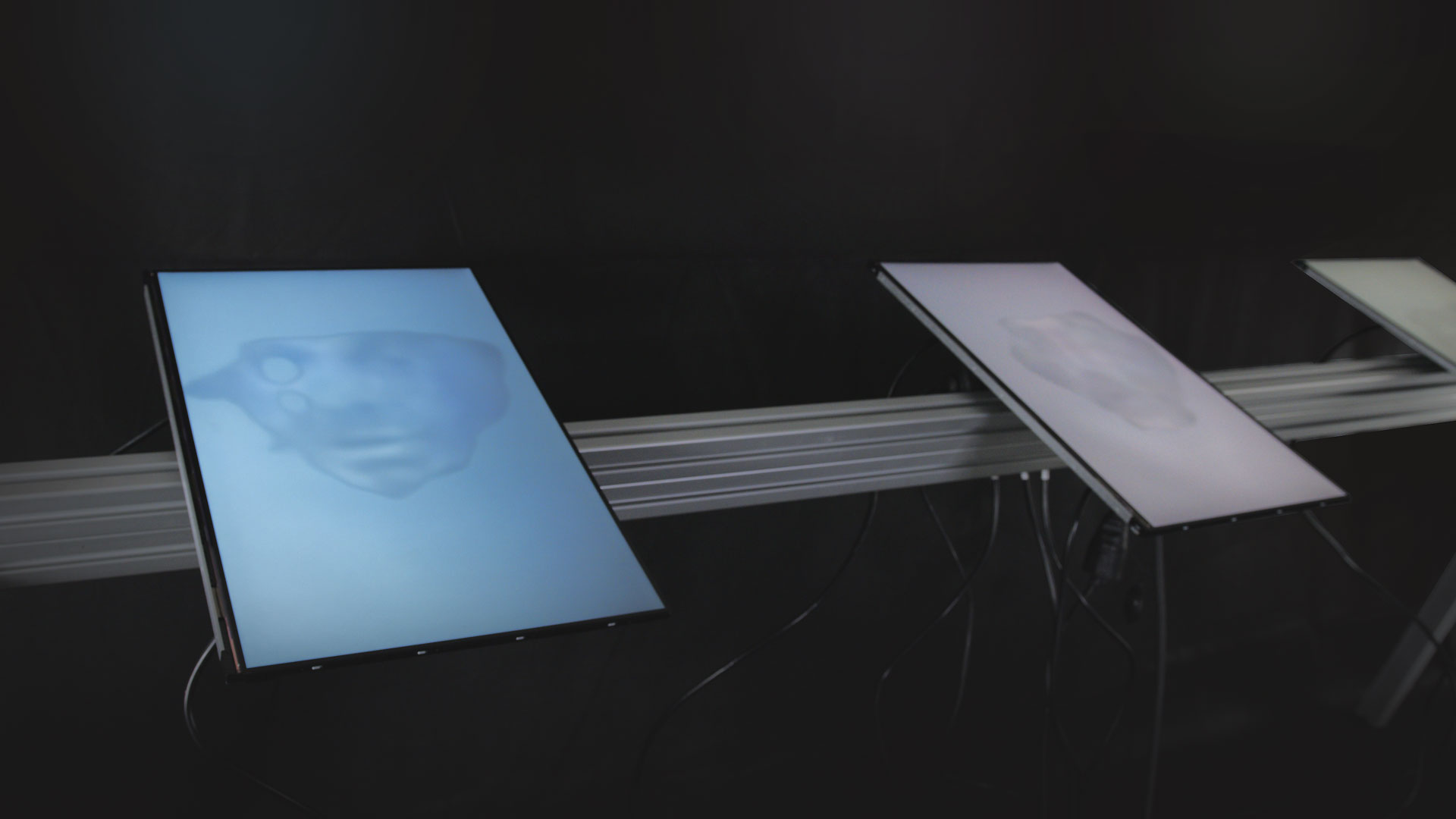
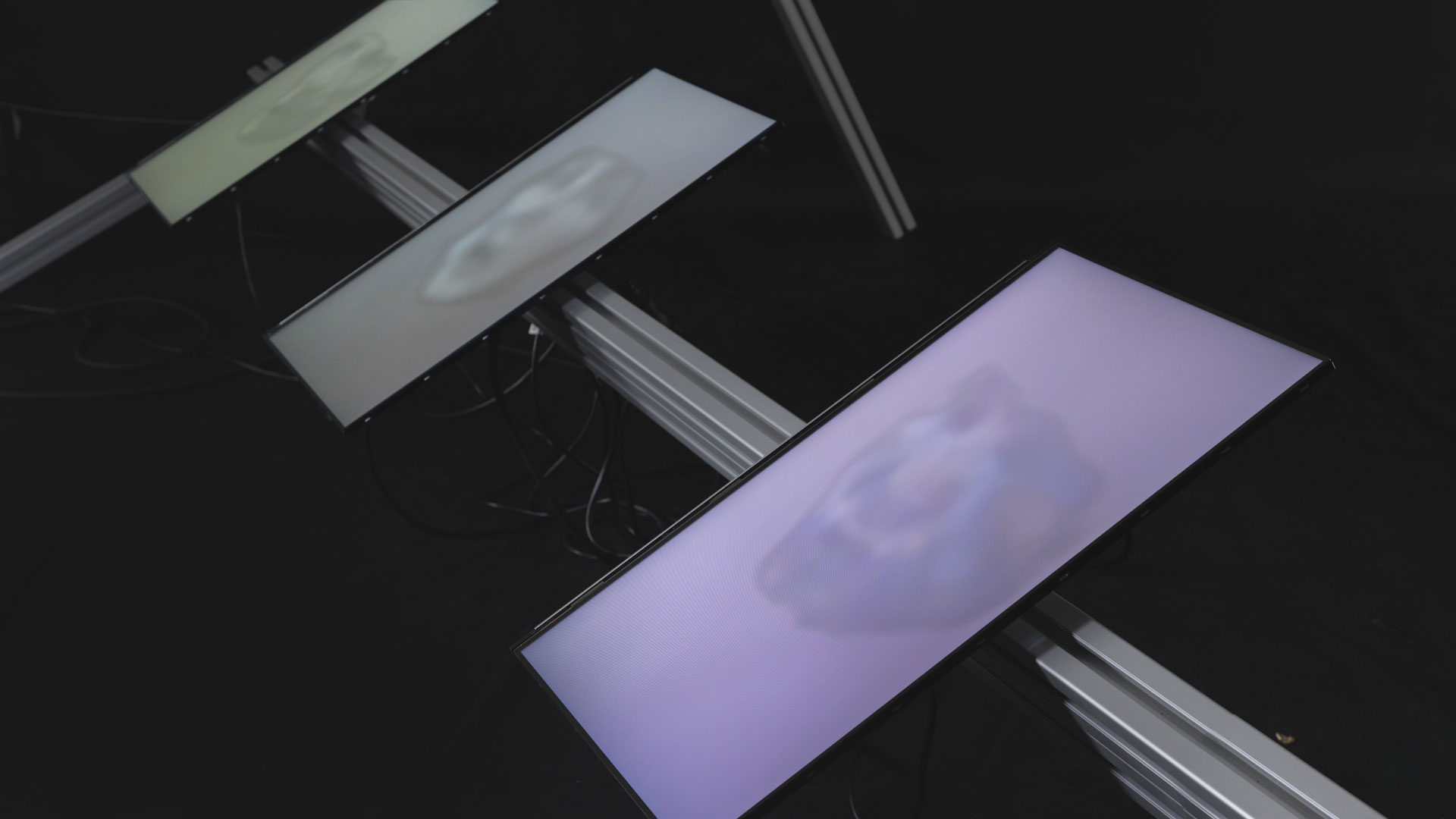
inv.img
2020
video series / video installation
Video: HD (portrait format), loop
in cooperation with:
Format (*.strk)
supported by:
City of Vienna
Federal Chancellery Republic of Austria
Format (*.strk)
In the video installation "inv.img", algorithmically generated facial patterns create the illusion of a seemingly shared rhythm, suggesting a meaningful connection between unrelated things. Via such spurious correlations induced by imperative patterns of interpretation, the capability of facial recognition systems to transform any visual archive into a biometric database, and its implications for our public and political participation, were studied. In media archive investigations into shifting representation of emancipatory protest movements, visual datasets were compiled and then analysed using a face recognition system. This biometric data, which predominantly identified protest participants, was carefully filtered for misinterpretations in order to train an artificial neural network to identify a hybrid identity from these false positive interpretations and mimic human facial expressions. Therefore, original chronologies of successive facial expressions were resequenced via clusters of biometric similarity, where correlations are prioritised and similarities determine spurious causalities.
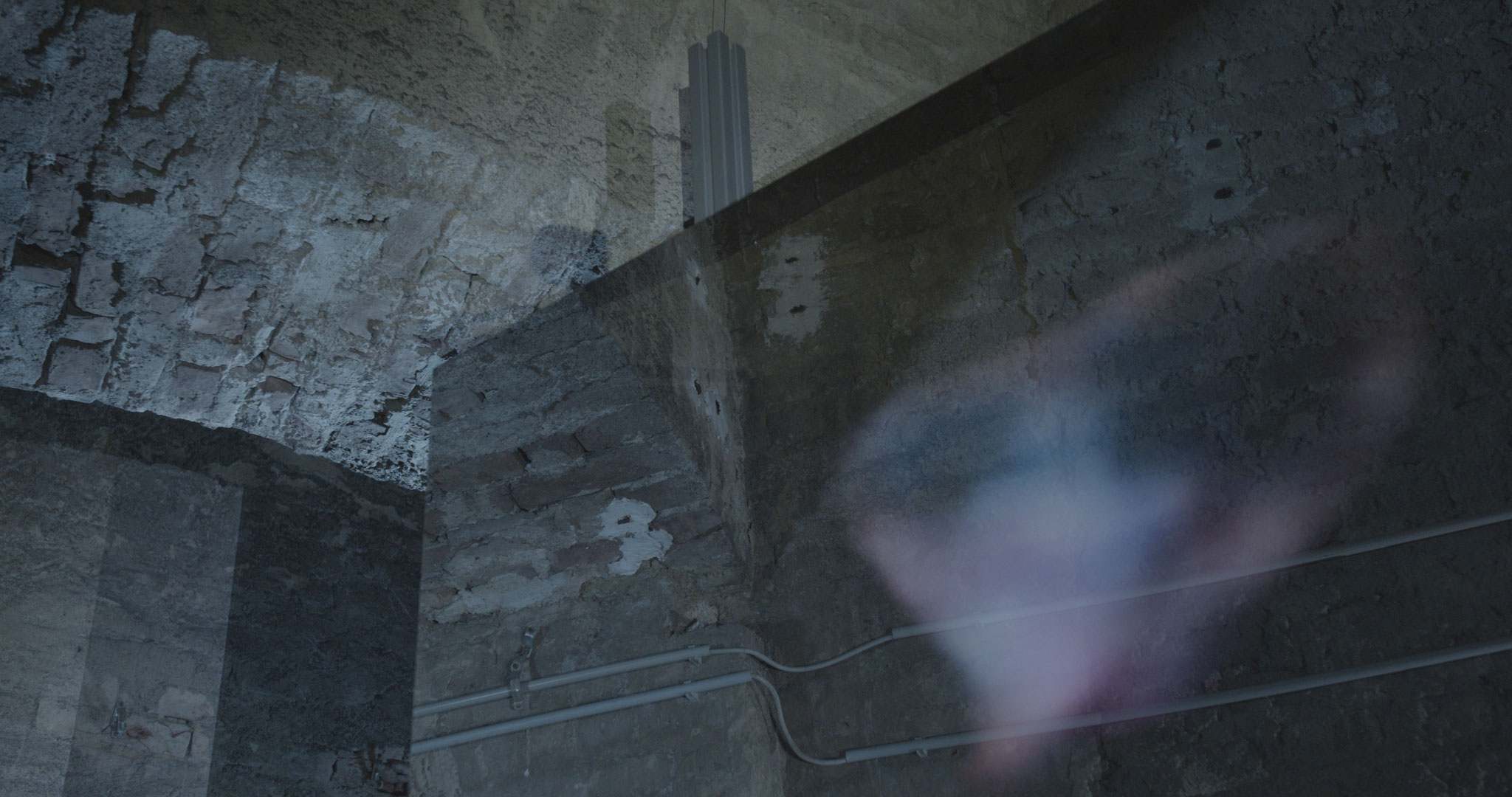
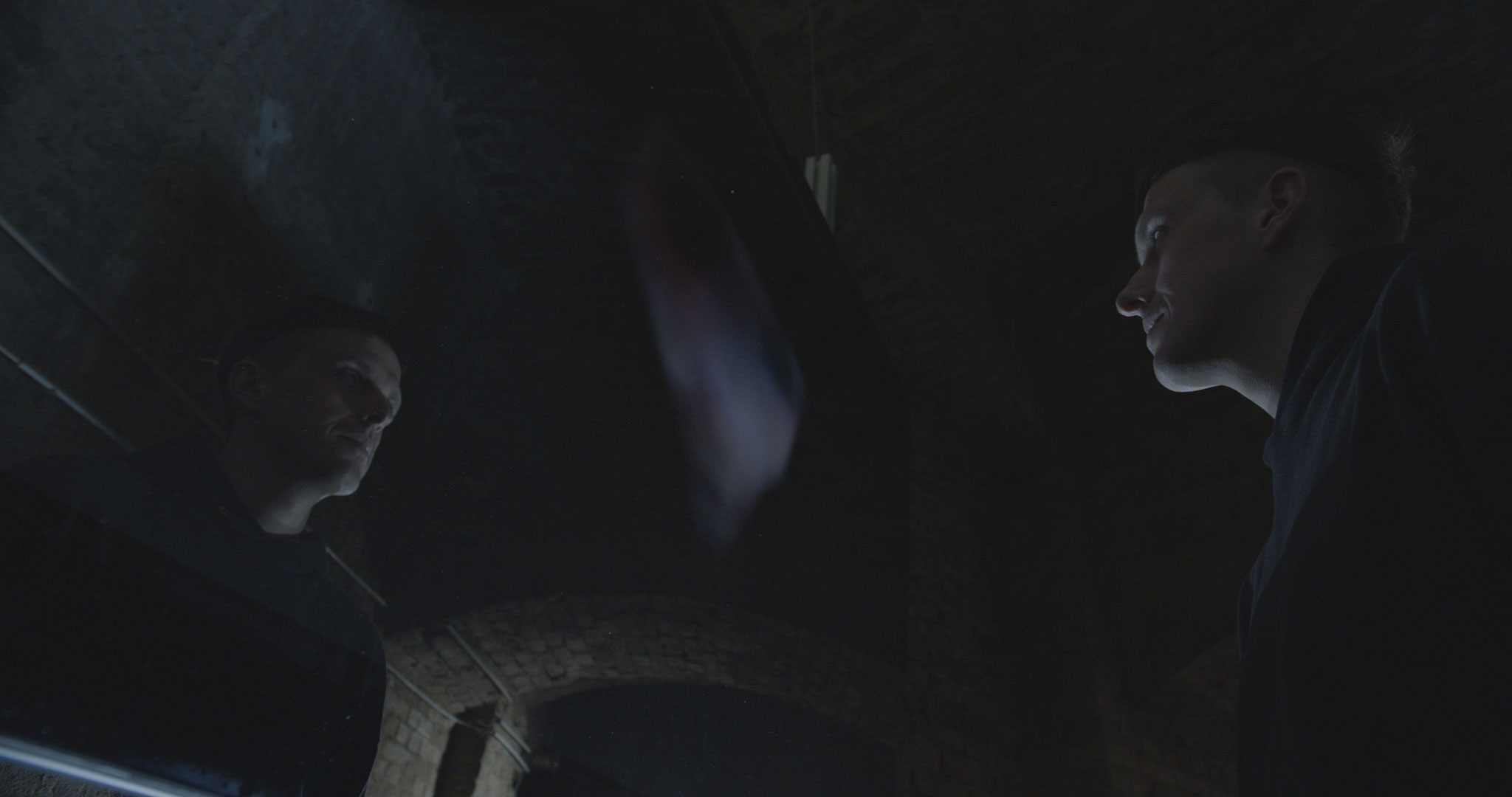
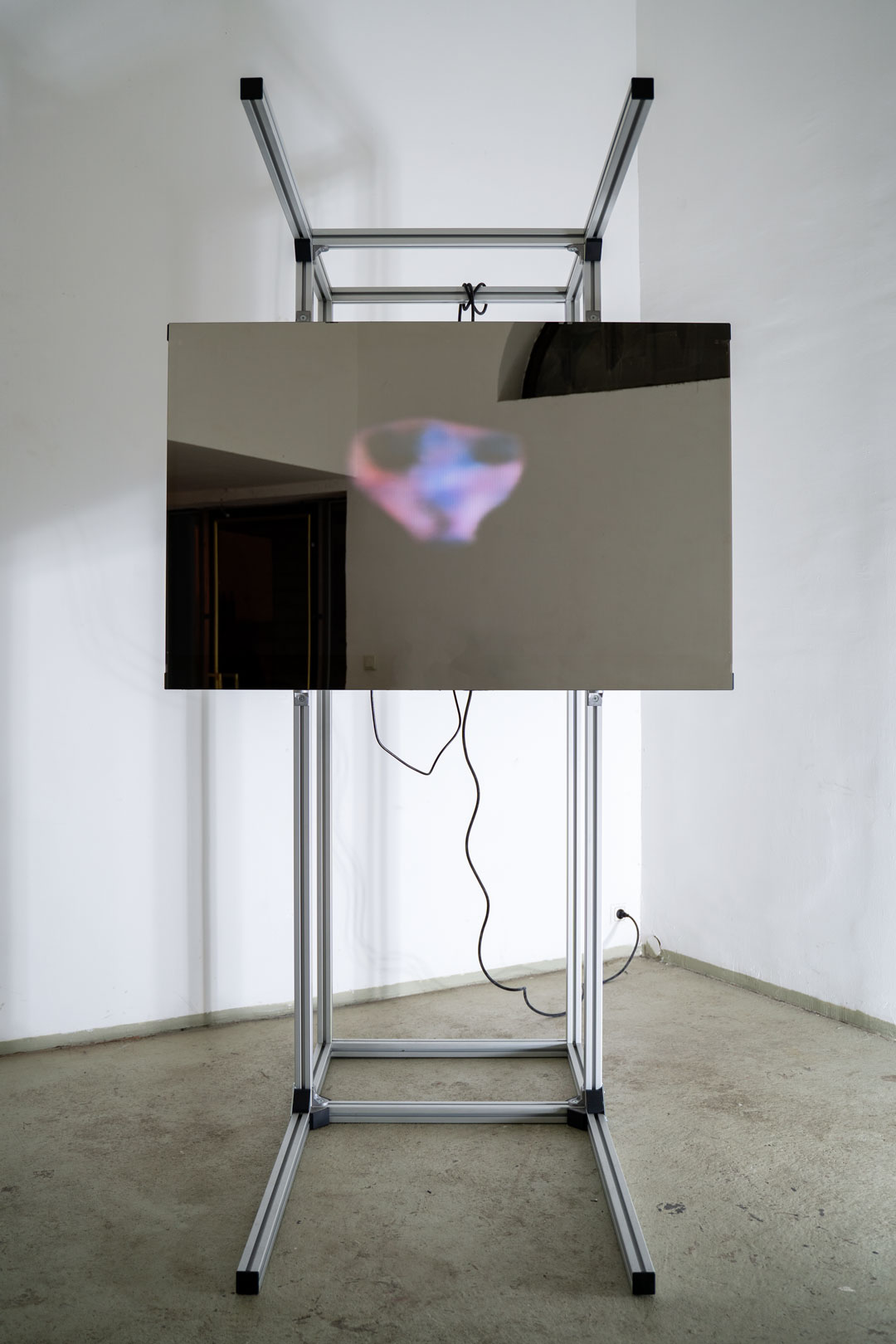
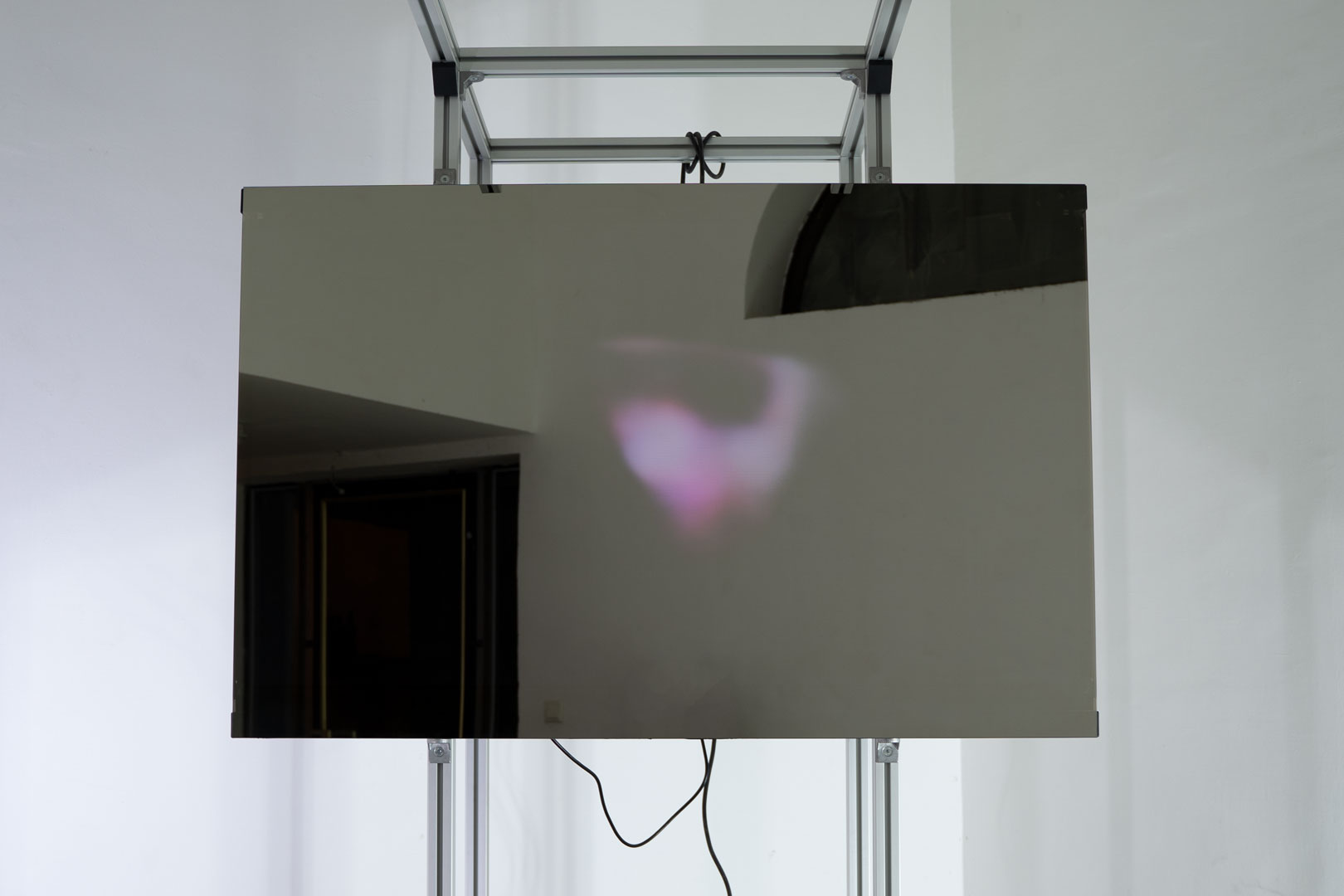
fprs.19
2019
videoinstallation - transmedia
Video: HD, 52:26 min (loop)
148,5 x 148,5 x 240 cm
@Format (*.strk) - 2020, Vienna
in cooperation with:
Format (*.strk)
supported by:
City of Vienna
Federal Chancellery Republic of Austria
Format (*.strk)
Facial patterns continuously mutate between the alienated, the uncanny and the familiar on a 1.7 m² mirror that has been modified into a screen. These mimics and motions were predicted by an artificial neural network trained on misinterpretations made by a face recognition system. For this purpose, datasets were scrapped and compiled from encrypted instant messaging groups and channels of Hong Kong's protest movement in 2019. Documenting a snapshot of the protests when an intensified personification of structural conflicts resonated with the tactical integration of facial recognition systems into activist practice, these digital traces raise questions about biometrics' implicit logic and its meaning for our patterns of interpretation.
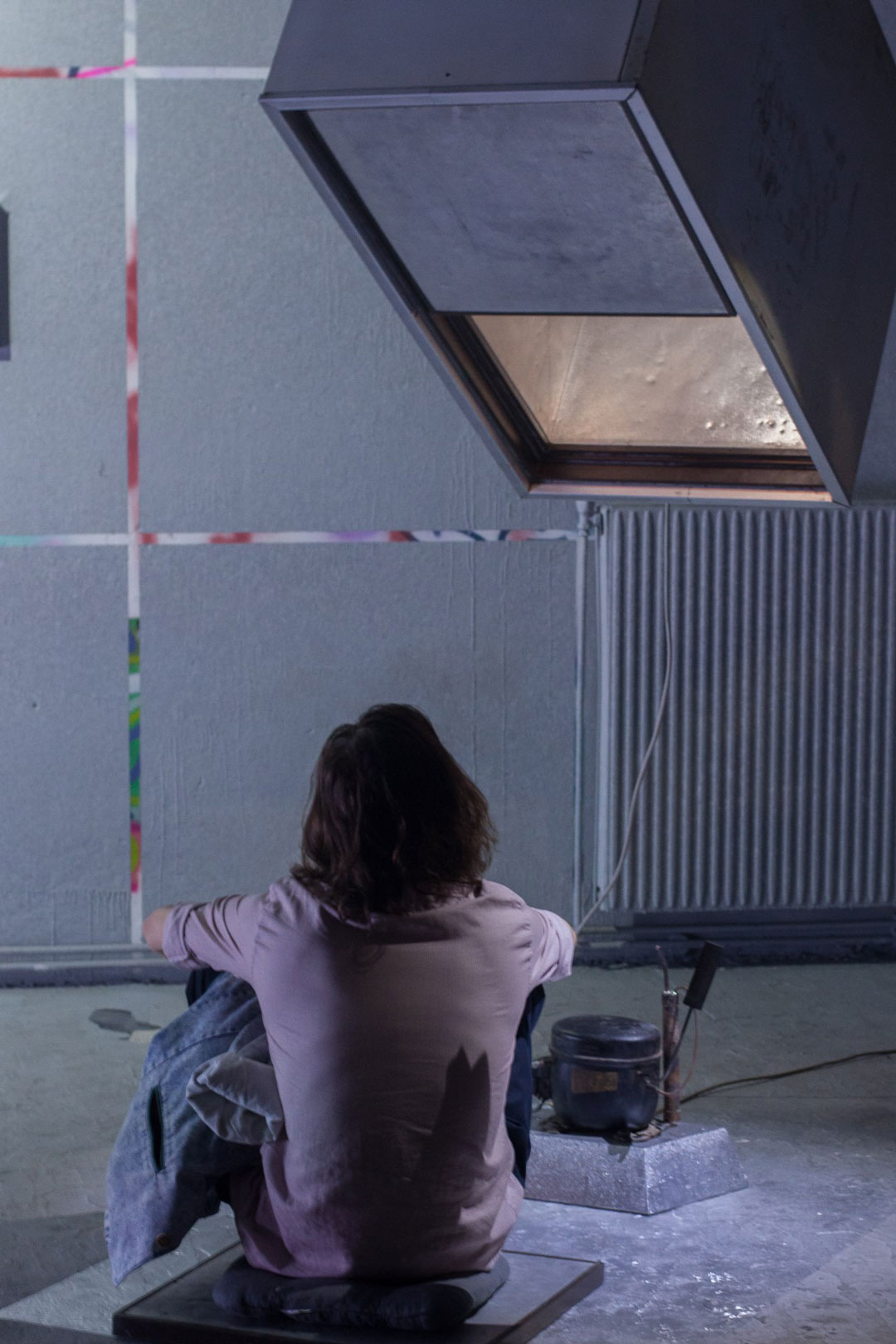
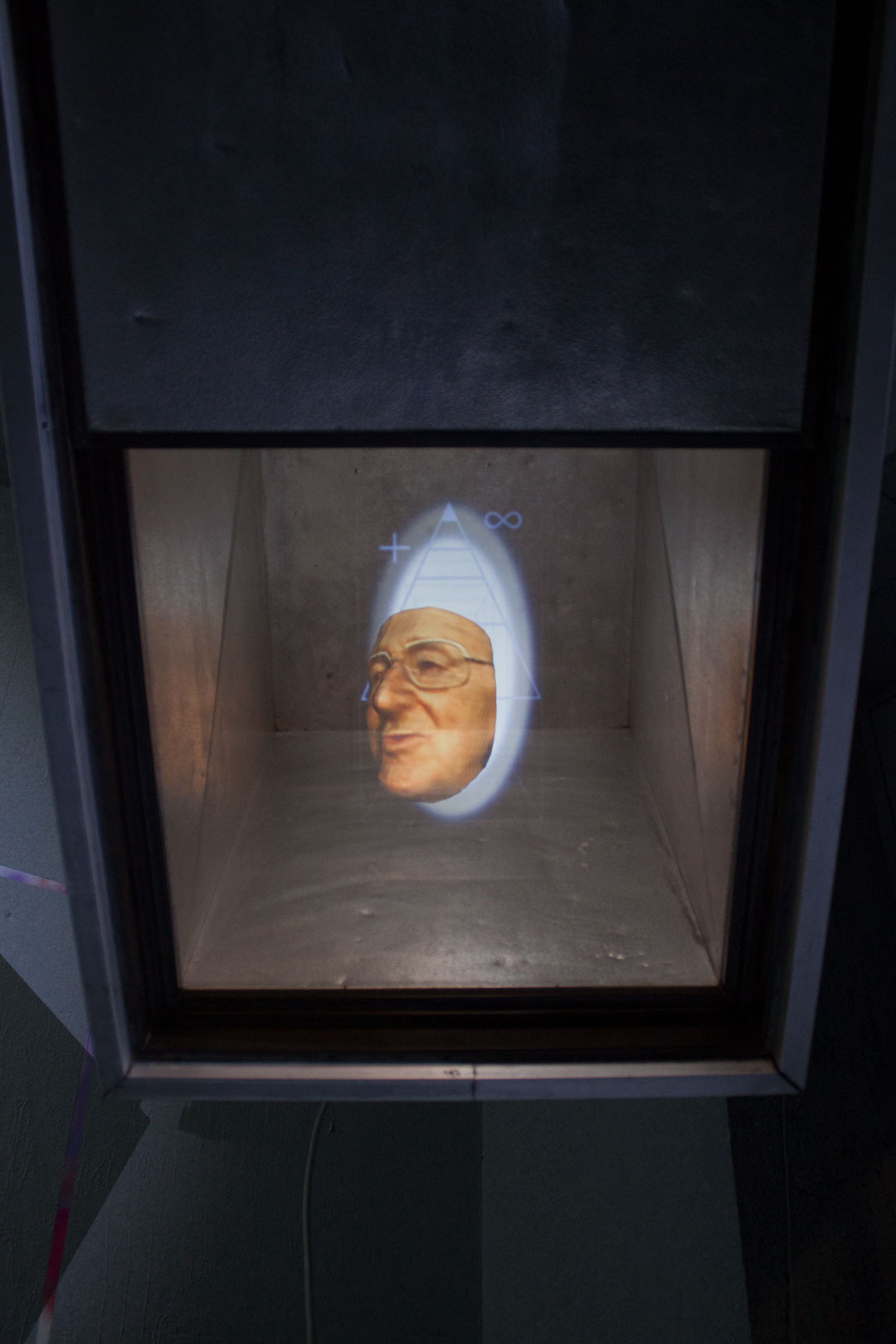
the invisible kiss
2018
videoinstallation - transmedia
Video: HD, 1:54 min (loop)
248 x 143 x 63 cm
@Parallel Vienna - 2018, Vienna
@Format (*.strk) - 2018, Vienna
in cooperation with:
Format (*.strk)
A teleprompter has been adapted into an apparently floating freezer. The video on it shows a 3D-animation of Friedrich August von Hayek\'s face in a recursive kissing movement. This 3D model was generated by a convolutional neural network (CNN) from old interview fragments and then manipulated. The CNN previously got trained with 3D scans and associated video materials. With the help of a face alignment algorithm, it is able to recognize facial alignment and facial expressions and reproduce them as a three-dimensional mesh object. A facial area facing away from the image can be reconstructed by the CNN's previously trained “knowledge”.
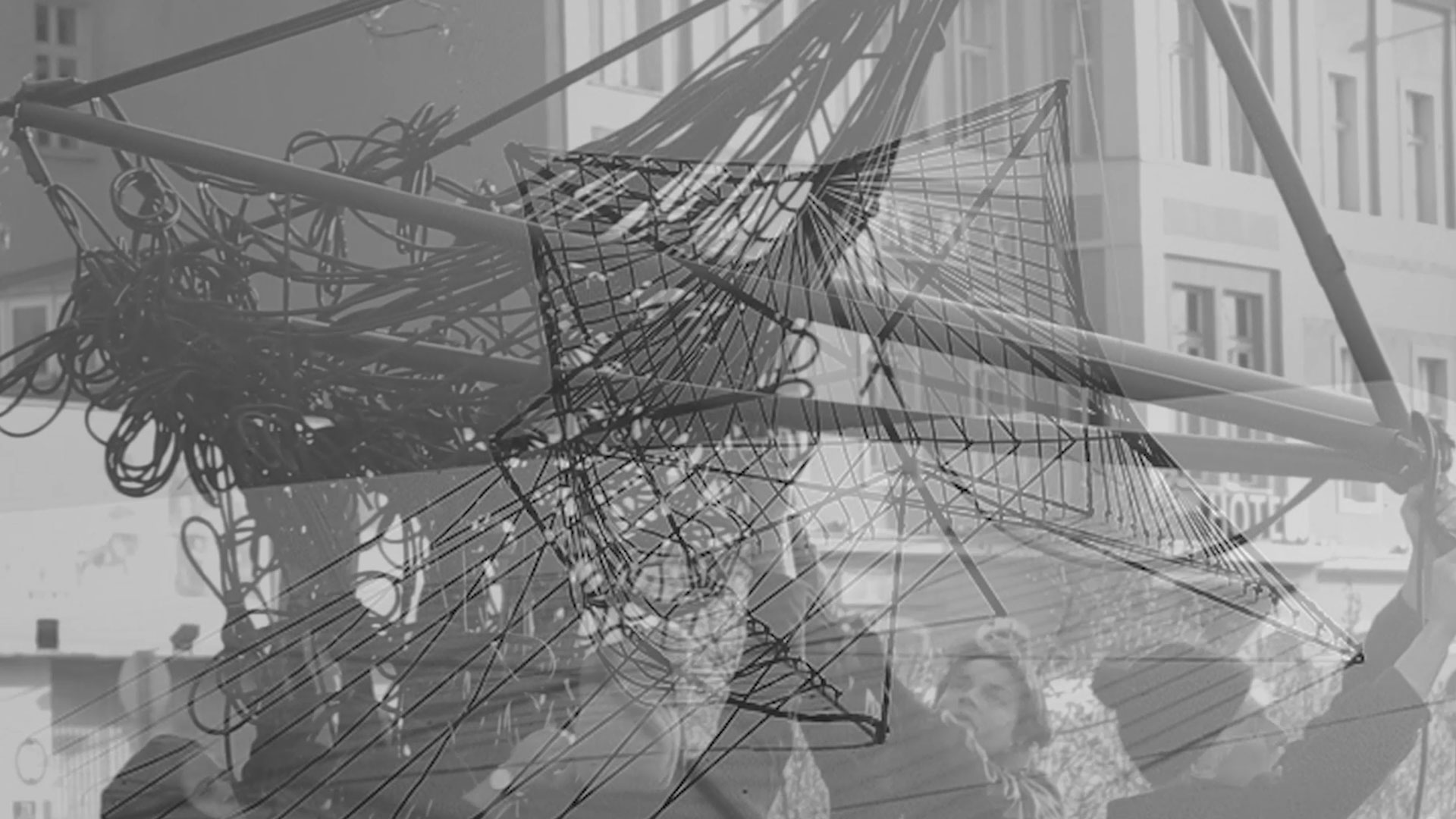
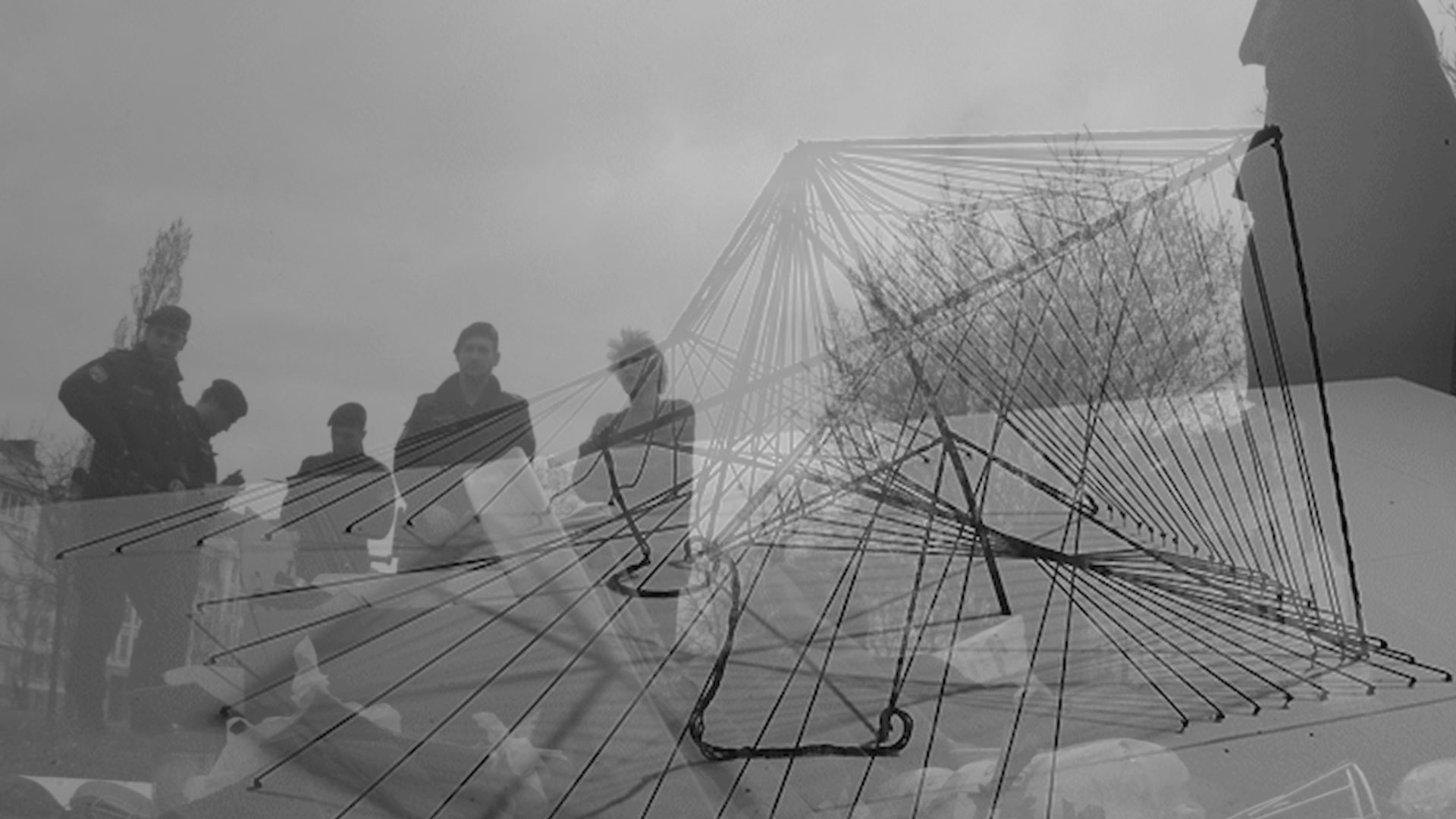
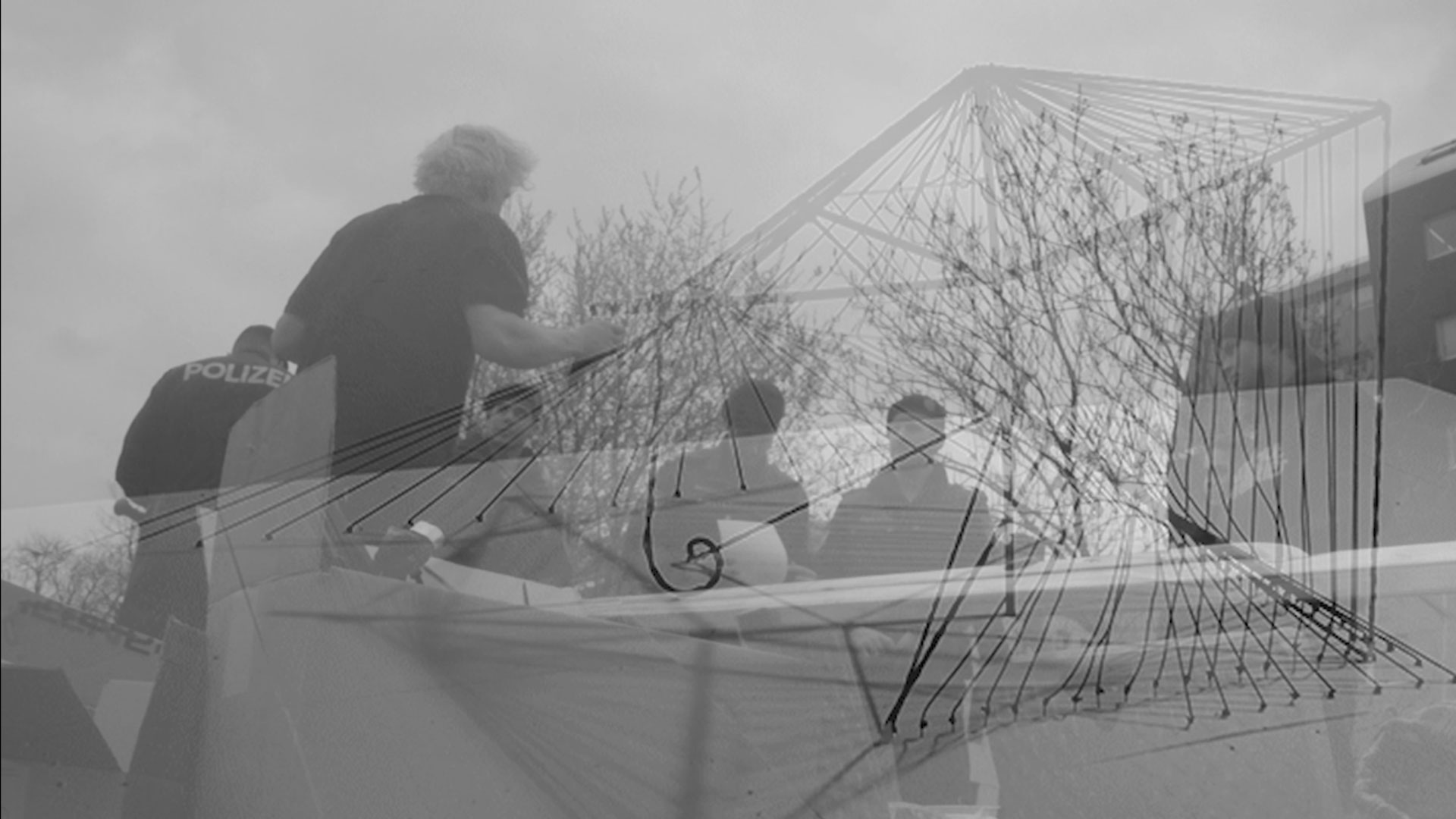
kein raum
2017
Video - HD, 10:31min
The video essay "Kein Raum" (german for "no space") documents an attempt of urban appropriation. The interactive sculpture "W1618x" was to be set up on a spacious traffic island in Vienna without registration or institutional approval. In the video, the visionary and the given overlap, with the sculpture becoming the supporting architecture that makes the impossible visible.
w1618x
2016
sculpture - steel, aluminium, shock cord, pvc
345 x 345 x 345 cm
"W1618x" is an interactive deformable sculpture.
The alledgedly informal interaction deconstructs the existing form in existing harmony. By interlacing the interactions, the form mutates into mutated harmony. The illusion of the new obscures its imperative past.
wertloser raum
2016
sculptural installation - concrete, wood, steel, pvc
275 x 123 x 245 cm
@Europäisches Forum Alpbach - 2016, Alpbach (Tirol)
Unterstützer*innen:
Europäisches Forum Alpbach
Alois Mayer Bauwaren GmbH
The sculptural installation "Wertloser Raum" describes a closed space. Its arrangement promises insights that are put off by curated phrases. Communication of its creation process via the EFA internal infrastructure for public relations was of central importance. In this way, a media avatar was created over two weeks. The sculpture thus became the medium of a subtle structuring of perception through directional communication. The recipients' interaction integrates them into the process as a reflective component.